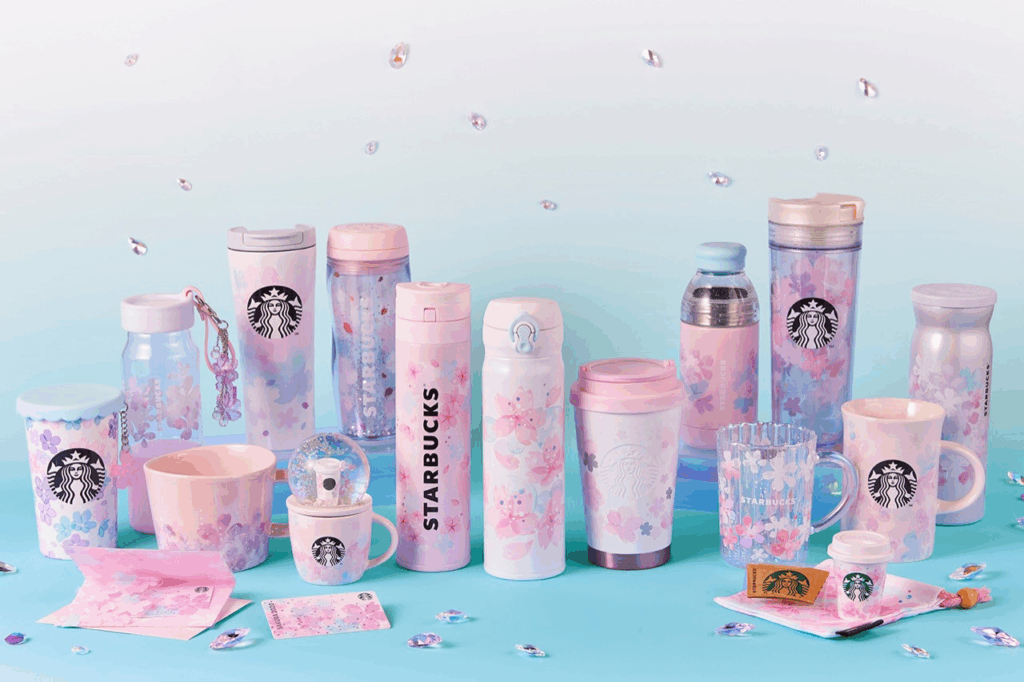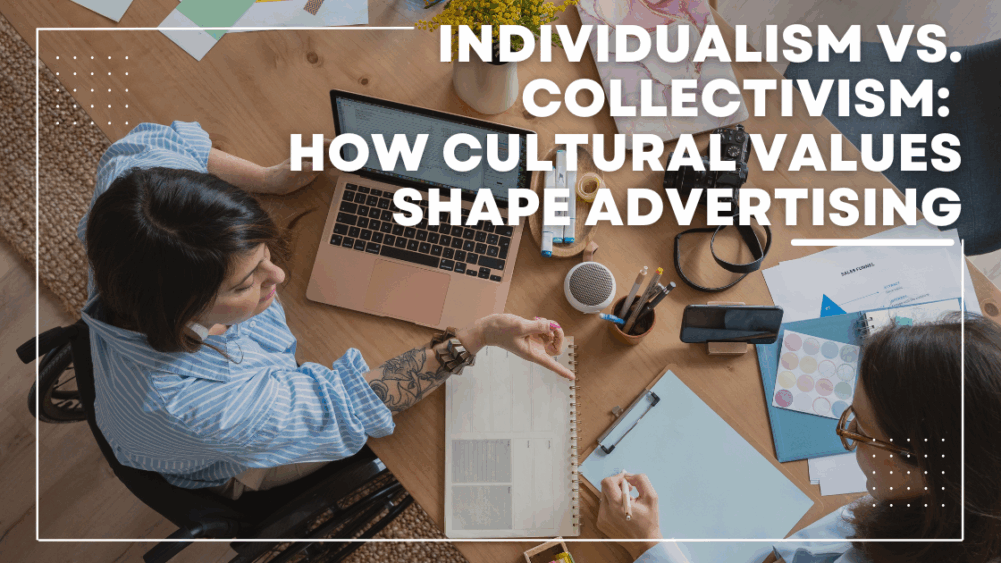– A Comparative Analysis of Coca-Cola, Toyota, and Starbucks Campaigns –
Introduction
Advertising is more than just a vehicle for promoting products—it’s also a mirror reflecting the cultural values of a society. In countries like the United States, where individualism is emphasized, and Japan, where collectivism plays a central role, the direction and tone of advertising messages diverge significantly.
In this article, we explore how cultural differences influence advertising strategies by comparing campaigns from Coca-Cola, Toyota, and Starbucks across the Japanese and American markets.
Cultural Foundations: What Are Individualism and Collectivism?
Individualism
A value system that prioritizes personal freedom, independence, and self-fulfillment. This is common in Western countries such as the United States.
Collectivism
A value system that emphasizes social harmony, family ties, and group belonging. This is prevalent in East Asian countries, including Japan.
Toyota: Advertising in Japan vs. the U.S.
Japan: Emphasizing Social Harmony and Recovery
Campaign Example: “ReBORN” (Since 2011)
- Context: Launched in response to the Great East Japan Earthquake, this campaign aimed to support national recovery and renew the brand’s image.
- Message: Using the slogan “Fun to Drive, Again,” the campaign focused on safety, family connections, and social responsibility.
- Cultural Focus: Strongly reflects collectivist values, prioritizing societal well-being and collective renewal over individual goals.
United States: Celebrating Individual Growth and Diversity
Campaign Example: “Never Settle” (Since 2022)
- Context: A brand campaign encouraging personal ambition and resilience.
- Message: Highlights individuals from diverse backgrounds pursuing their goals and dreams.
- Cultural Focus: Embodies individualistic values, focusing on self-actualization, personal growth, and inclusion.
Coca-Cola: Advertising in Japan vs. the U.S.
Japan: Embracing Local Identity and Seasonality
Campaign Examples: Regional Flavors, Cherry Blossom Bottles
- Context: Tailors products to regional characteristics and seasonal traditions.
- Message: Features limited-edition products such as Okinawa’s shikuwasa flavor or spring-themed cherry blossom bottle designs.
- Cultural Focus: Reinforces collectivist values through community engagement and cultural relevance.

United States: Promoting Individual Expression and Diversity
Campaign Examples: “Share a Coke,” “The Wonder of Us”
- Context: Campaigns that spotlight individuality and social diversity.
- Message: “Share a Coke” personalized bottles with people’s names, fostering direct connections. “The Wonder of Us” celebrates Americans from diverse backgrounds enjoying Coca-Cola.
- Cultural Focus: Strongly aligned with individualistic values—highlighting personal identity, self-expression, and inclusivity.

Starbucks: Advertising in Japan vs. the U.S.
Japan: Blending Tradition with Modernity
Campaign Examples: Matcha Frappuccino, Sakura Series
- Context: Introduces products based on traditional Japanese flavors and seasonal events.
- Message: Limited-time offerings like matcha and sakura-themed beverages represent a fusion of Japanese culture and contemporary trends.
- Cultural Focus: Emphasizes collective identity, cultural continuity, and seasonal celebrations.

United States: Reflecting Lifestyle Trends and Pop Culture
Campaign Examples: Unicorn Frappuccino, Taylor’s Latte
- Context: Products designed to go viral on social media and connect with popular culture.
- Message: Features colorful, Instagram-ready drinks like the Unicorn Frappuccino and celebrity collaborations such as Taylor Swift’s custom latte.
- Cultural Focus: Encourages self-expression and trend adoption, deeply rooted in individualistic values.

Comparative Summary: Advertising Strategies in Japan vs. the U.S.
| Company | Japan: Collectivist Approach | U.S.: Individualist Approach |
|---|---|---|
| Toyota | Emphasis on safety, social harmony, and family ties | Focus on personal growth, diversity, and ambition |
| Coca-Cola | Local engagement, seasonality, respect for tradition | Self-expression, personalization, global perspective |
| Starbucks | Cultural fusion, seasonal relevance | Trend-setting, pop culture integration |
Conclusion
These examples highlight how global brands adapt their advertising strategies to resonate with the cultural values of different markets. In Japan, ads often emphasize tradition, community, and seasonal awareness, aligning with collectivist values. In contrast, U.S. campaigns spotlight individuality, diversity, and lifestyle expression—hallmarks of an individualistic society.
Understanding these contrasts is crucial for developing effective global marketing strategies that authentically connect with diverse audiences.
